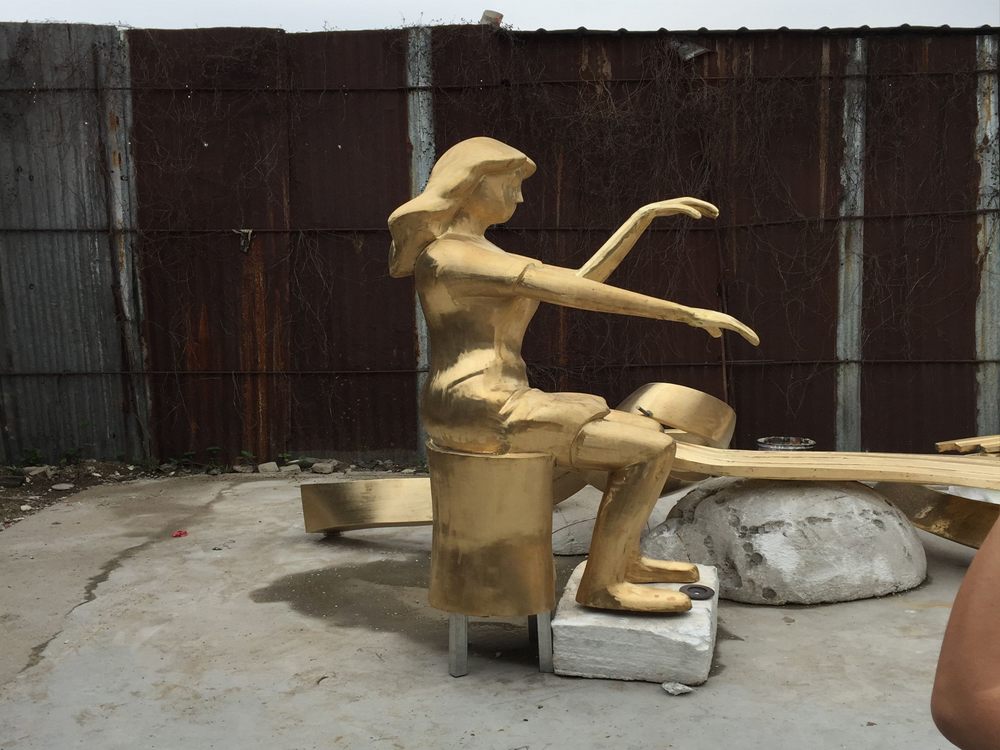
Artists have long harnessed the reflective properties of metals to create dynamic, interactive sculptures that engage viewers on multiple levels. By incorporating materials like polished stainless steel, bronze, or aluminum, sculptors transform static artworks into ever-changing visual experiences. The mirror-like surfaces interact with their surroundings, reflecting light, colors, and even the viewers themselves, creating a unique participatory element.
This technique serves multiple artistic purposes. First, it breaks down the traditional barrier between artwork and observer, making the viewer an active component of the piece. As people move around the sculpture, their reflections distort and transform, offering new perspectives with each angle. Contemporary artists like Anish Kapoor and Jeff Koons have famously employed this method to create iconic works that challenge perceptions of space and form.
Secondly, reflective metals respond to environmental changes - sunlight shifts, weather conditions, and artificial lighting all alter the sculpture's appearance throughout the day. This temporal quality adds a fourth dimension to the artwork, making it feel alive and responsive. The play of light across textured or curved metal surfaces can create mesmerizing patterns that draw viewers into prolonged contemplation.
Finally, these reflective qualities allow sculptures to visually blend with or contrast against their settings, enabling artists to make powerful statements about context and environment. Whether placed in urban landscapes or natural settings, metal sculptures use reflection to create dialogues between art and space, inviting viewers to see their surroundings in new ways.
Through these innovative approaches, artists transform metal from a passive material into an active medium for engagement, proving that sculpture can be as much about the viewer's experience as the artist's vision.

